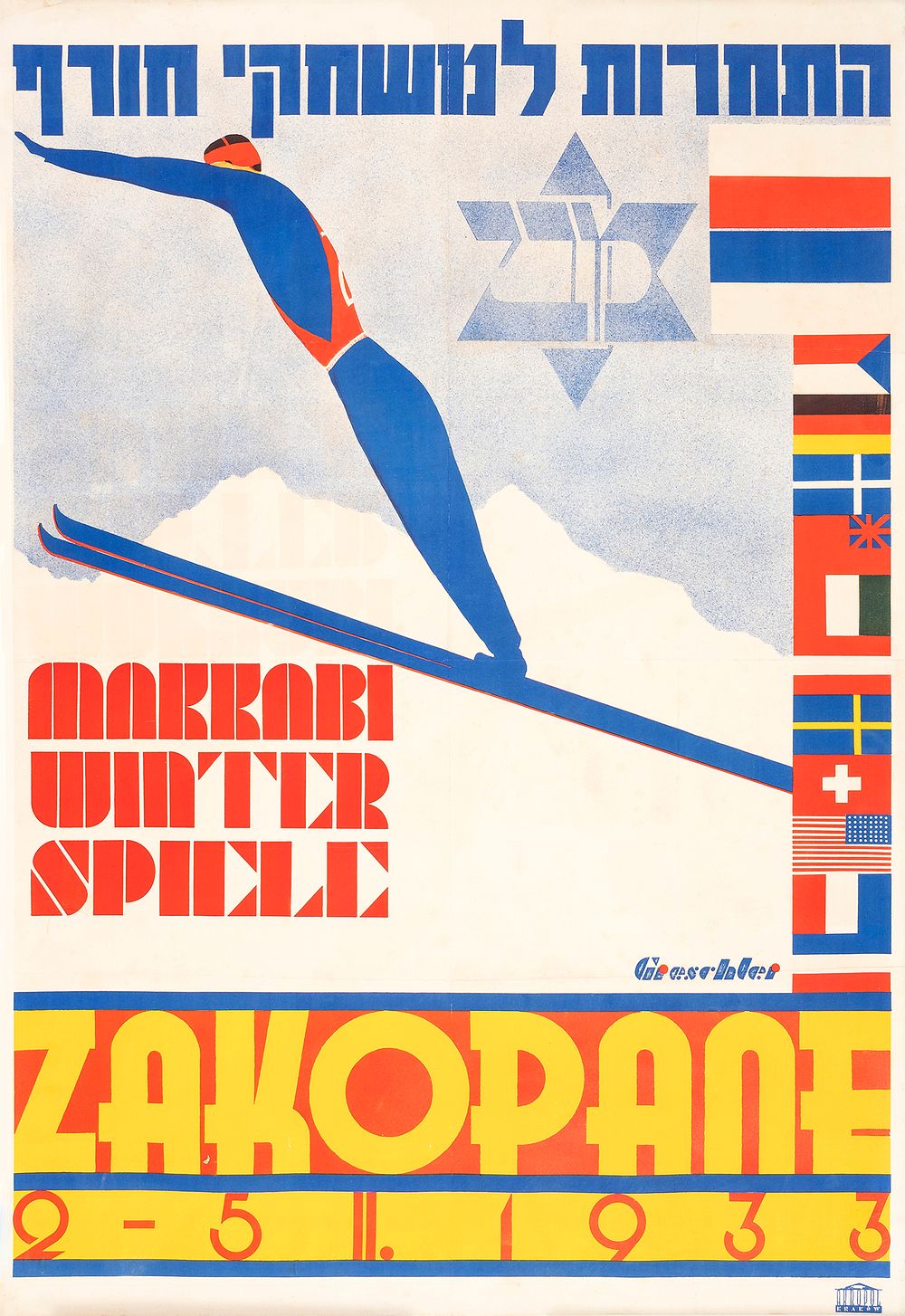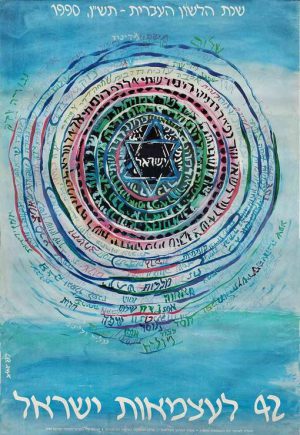Shop
⭐ EXTREMELY RARE – ONE-OF-A-KIND Bauhaus POSTER 1st Winter Maccabiah, Zakopane – Illustrated Original Poster, 1933
$0.00
SOLD
| Artist / Creator | |
|---|---|
| Year | |
| Condition | |
| Size | |
| Technique |
Description
⭐ EXTREMELY RARE – ONE-OF-A-KIND POSTER
1st Winter Maccabiah, Zakopane – Illustrated Original Poster, 1933
A unique surviving artifact from the first Jewish Winter Games, held just days after Hitler rose to power.
Title: “Makkabi Winter Spiele – 2–5.II.1933”
Printer: Akropol Press, Kraków, 1933
Artist: Greschler
Format: Illustrated poster for the First Winter Maccabiah, Zakopane, Poland
This striking original poster was issued for the 1st Winter Maccabiah, held in Zakopane in February 1933. It features a dynamic illustration of a ski jumper soaring over a snowy mountain, accompanied by the emblem of the Maccabi movement and the flags of participating nations. Designed in a bold and modernist interwar style, the poster captures the energy and optimism of Jewish athletic culture at a pivotal historical moment.
Printed by Akropol, Kraków, and signed in the plate by Greschler, this poster celebrates a historic Jewish international sporting event.
Historical Significance
The Zakopane Winter Maccabiah followed the first Maccabiah held in Tel Aviv in 1932 and brought together approximately 400 Jewish athletes from nine countries:
Austria, Italy, Germany, Danzig, Yugoslavia, Norway, Czechoslovakia, Romania, and Poland.
In a dramatic historical twist, the Games opened just three days after Adolf Hitler became Chancellor of Germany (January 30, 1933).
The event took place under an increasingly hostile antisemitic atmosphere, with fierce local opposition — including calls in the Polish press to disrupt the Games and prevent them from taking place.
Maccabi organized only one additional Winter Maccabiah (in 1935). Winter Games were not held again for nearly 90 years (until their revival in 2023).
This poster is not only a sports artifact; it is a vivid document of Jewish pride, resilience, and unity on the eve of catastrophe.
Design & Style
This poster is a striking example of interwar European modernist design, deeply influenced by the Bauhaus style that defined much of the graphic and artistic language of the early 1930s.
The central image of a ski jumper in a sharp diagonal leap reflects both Bauhaus and Constructivist principles — emphasizing movement, geometry, and functional clarity.
A vivid palette of red, blue, and yellow intensifies the sense of speed and athletic dynamism, while the clean geometric blocks and sharp angles echo the minimalist, purpose-driven aesthetic associated with the Bauhaus school.
The Hebrew and German lettering is executed in geometric, avant-garde forms typical of the interwar period, creating a rare and compelling fusion of European modernism with Jewish national identity.
The Maccabi emblem and vertical line of international flags add rhythmic structure and reinforce the poster’s message of global Jewish unity.
Altogether, the design embodies the forward-looking confidence of Jewish athletic culture — captured at the brink of one of the most dramatic turning points in Jewish and world history.
Rarity
🔴 ABSOLUTELY UNIQUE – ONLY KNOWN SURVIVING COPY WORLDWIDE
No other example is recorded in:
-
Museums
-
Archives
-
Maccabi World Union collections
-
Auction houses
-
Institutions of Jewish or sports history
A true one-of-one treasure.
Dimensions
Size: 101.5 × 69 cm
Inches: 40 × 27.1 in (approximately)
Condition: Very good.

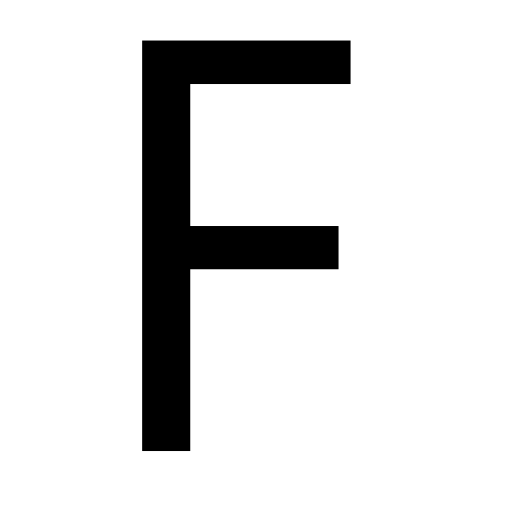
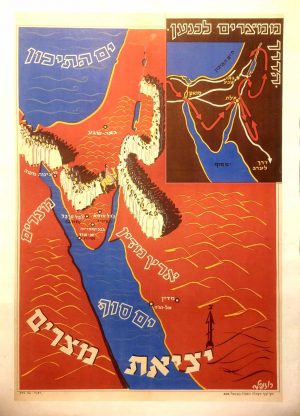 "From Egypt to Canaan" Vintage Israeli Map Educational Poster of The Exodus 1949
"From Egypt to Canaan" Vintage Israeli Map Educational Poster of The Exodus 1949
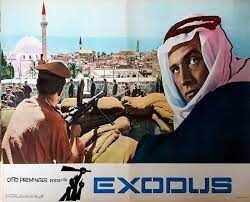 EXODUS ORIGINAL BIG LOBBY CARD POSTER 1962- Vintage Israeli Poster
EXODUS ORIGINAL BIG LOBBY CARD POSTER 1962- Vintage Israeli Poster
